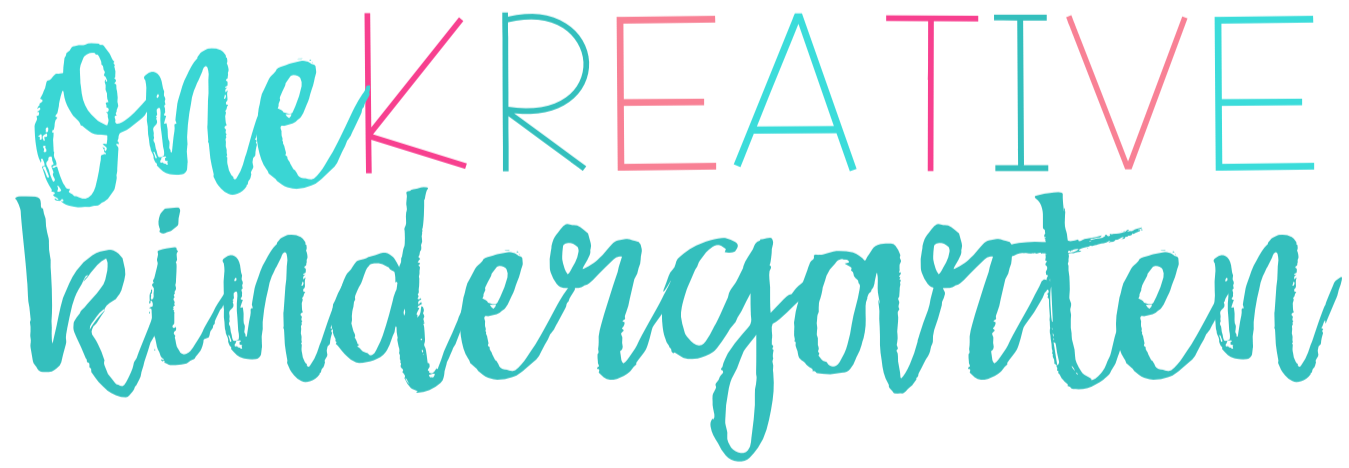This post may include affiliate links. By purchasing from these links I earn a slight commission at no additional cost to you. Thank you for supporting my business.
Creating a caring classroom environment is the most important aspect of teaching. If a child isn’t comfortable, they’re not going to learn. One thing I highly stress (especially at the beginning of the year) is a caring classroom. These are non-academic things I do in my classroom to make sure all students feel loved and valued in my class.

6 Ways to Create a Caring Classroom
Crinkled Heart
I found this kindness activity on Pinterest (where all fabulous ideas live). I’m not sure who the original creator of this activity is so if you know please leave a comment and I will give credit where credit is due.
For this activity, you’ll need a large heart cut from construction paper. First, I show my students the heart and have them describe it. I prompt them until they get to the point that the heart is smooth and looks perfect. Then, I have my students tell the heart mean things. They think this is so silly and say things like “you smell” or “I’m not your friend”. Each time they say something mean, I put a fold in the heart.
Once the heart can no longer be folded, I ask my students to describe the heart again. We get to the point of, it no longer even looks like a heart! Then, I tell the students that we’ve been really mean and I think we better apologize to the heart to make it feel better. They do and every time someone says something nice to the heart, I let out one of the folds. Once it looks like a heart again we describe it one last time. We compare how it looked in the beginning to how it looked at the end.
In our final discussion, I make sure to hit home the fact that even if you say nice things after you say mean things, the mean things still hurt the hearts of who you’re saying those things to.
Many people also use the book Chrysanthemum to go along with this activity. Each time someone makes fun of Chrysanthemum you can fold the heart and then re-open the same way described above. Either way, this activity is great for promoting a caring classroom as it helps students choose their words so they’re not “crinkling someone’s heart”.
Expectations
At the beginning of the year, I set expectations with my students. One way I do this is by having them come up with what they think our classroom rules should be. Yes, even in kindergarten, students know what is appropriate classroom behavior and what isn’t. I like doing this because it gives students more responsibility. I even have them all “sign” the bottom of the chart to agree they’ll abide by these rules!

“I Feel” Statements
I like to help students solve their own problems instead of always solving them for them. That’s why “I feel” statements are so important. Whenever students have an issue and come running to me to tattle, I turn it right back on them. I ask them to tell the person they’re having a problem with how they feel and I prompt them by saying “I feel …. when …. happened”. Even kindergarten students are able to articulate how they feel and why they’re upset. This is another way I promote a caring classroom. When students know how their classmates feel when they do something, it helps them think about if they should do that thing again the next time.
Bucket Fillers
Each year, I read How Full is Your Bucket? by Tom Rath and Mary Reckmeyer. This book helps introduce our classroom bucket fillers and how we will be a class of bucket fillers, not bucket dippers. After we read the book, students practice drawing (or writing) a bucket filler form to a classmate and putting it inside their bucket.
Kindergarten Family
Being a kindergarten family is something I refer to all year-long. At my school, there is one class per grade from kindergarten all the way up to 8th grade. So, if students start in kinder and stay at the school through 8th grade, they know each other very very well. I like to refer to our class as a family instead of a class because that’s exactly what we are. If students look at each other as family members, they treat each other like a close group.
Star of the Week
Star of the Week is one of my favorite activities because I get to know students on a deeper level and students get to know each other on a different level, than just how they are at school. Students take home a poster (the week before they’re going to be the Star of the Week) and they present it the first day they’re the Star of the Week. Then, that whole week, there are special things the star gets to do such as bring a show and tell, start free play first and we all listen to a letter written about them from their parents. This week is so special for the entire class and I love getting to see connections being formed between students.
These are some of my favorite ways to create a caring classroom and start the year off strong. What are some ways you promote kindness in your classroom? Comment below!































